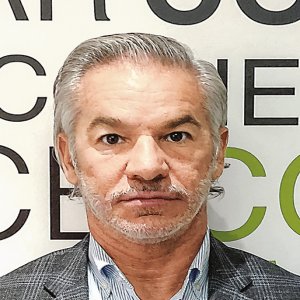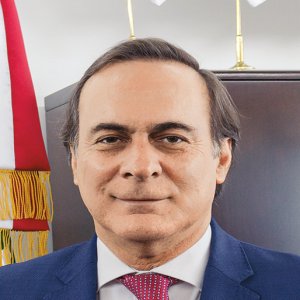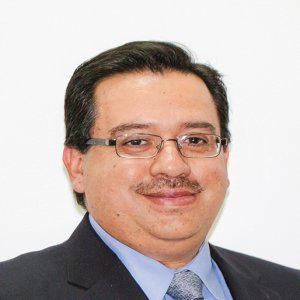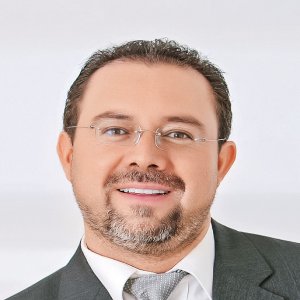5G Door to Productivity, Innovation

STORY INLINE POST
Q: What opportunities has Ericsson identified in the Mexican market?
A: Mexico is key for Ericsson; it is one of our Top 2 markets in Latin America, along with Brazil, and 2019 will be our 115th anniversary in the country. We are well-represented in Mexico through our global service center and our customer unit that allows our associates to work directly with employees. We also have a production facility and a warehouse in Guadalajara and we are acquiring the antennae and filter division of the German company Kathrein, which has a big production plant in Tlaxcala. This company is among the world’s leading providers of antenna technology, an area we identified as a gap in our portfolio, especially as we head toward 5G. Kathrein’s large facility will be incorporated into Ericsson’s structure and will strengthen our presence and capabilities.
Q: What strategies is the company favoring to strengthen Ericsson’s participation in the local market?
A: We are well-positioned in the country because we work with all mobile operators in Mexico. Ericsson has clients for its entire portfolio, from networks to digital services. Our strategy relies on our large local presence, our production facility and global center located in the country that facilitates deliveries of products and services.
Q: Given the fierce competition in the IT sector, what elements does Ericsson highlight as its differentiators? A: The IT sector is huge and Ericsson cannot participate in all the inherent activities. We focus on the core of all networks: operations support systems/business support systems (OSS/BSS) and analytics and application services for those two areas. We are strong in digital services and are among the largest companies in terms of value.
Q: The provision of connectivity is long overdue in Mexico. How can the industry work toward a more connected country?
A: There are many ways to increase connectivity. One reason connectivity fails to reach rural areas is that many operators do not see a potential return in working there due to the high fees they must pay the government. One solution would be for Ericsson to build the network for Mexico’s mobile operators and lease it back to them. Another strategy would be for the government to lower the spectrum fees in those areas, which would reduce entry barriers for investment. Ericsson’s mission is to connect everyone in whichever way we can.
Q: How is Ericsson collaborating in the implementation of the 5G network?
A: There are two ways to implement 5G: non-standalone and standalone. We will begin with the non-standalone, which is anchored on 4G networks. The standalone will come later when the ecosystem is ready for it. Our goal is to be leaders in both and we are already in talks with our clients in the Mexican market to start taking key steps toward 5G implementation. We will begin with test markets, followed by trials and all processes necessary to make the network ready for 5G.
Q: How will the implementation of the 5G network transform traditional business models in the country?
A: 5G will offer more than just higher connection speeds. It will also lower the cost per gigabyte significantly. This will allow industrywide connection, which will be a strong platform for innovation. Many industries want to improve their networks and enable more automation, even among traditional areas like farming. Others, like the automotive industry, are already working with us to develop and implement automation and 5G solutions.
Q: What are Ericsson’s growth expectations for the next two years?
A: Our goal is to grow faster than the global addressable market, which forecasts single-digit growth. In Mexico, we will continue to work with our customers and ensure that we are relevant and that we do add value to the industry. We have been in Mexico for 115 years and plan to remain here indefinitely. We transformed the telecoms industry from 1G to 4G and now we are heading toward 5G.























